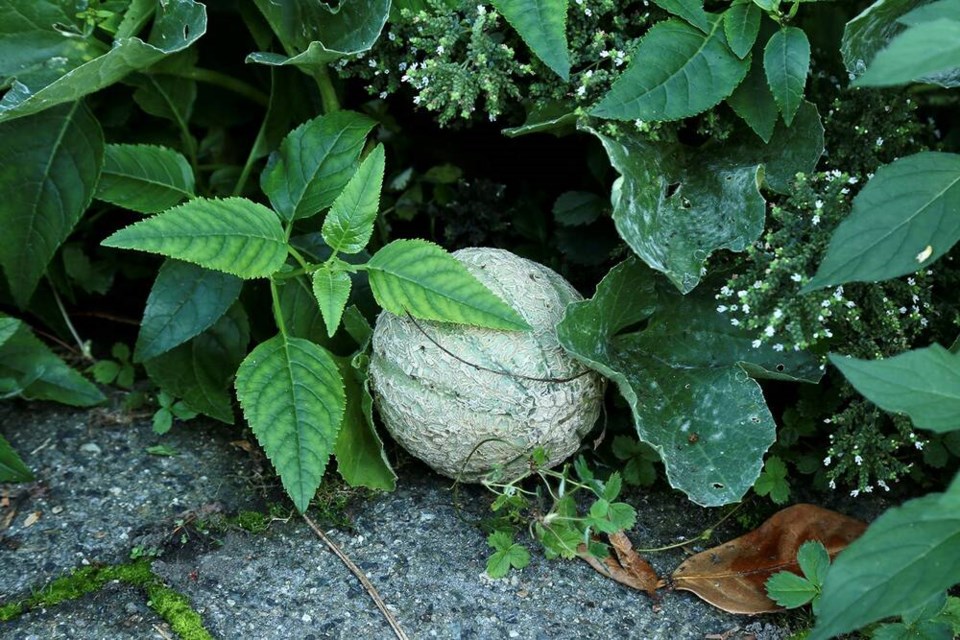It seems disrespectful somehow to not recognize and learn from the wildfire tragedy unfolding in Los Angeles. I cannot view the apocalyptic landscapes and not think about fire prevention here at home, starting with the realization that traditional lawns and to some extent traditional gardens, might be best relegated to history.
There was a time when water flowed endlessly and without cost, when we could cover bare soil with golf green grass and non-native ornamental plants and trees, and expect a perfectly coiffed carpet of lush green all-year round.
To maintain this illusion, one must control for monoculture perfection by applying synthetic sprinkles and sprays to weed out native and non-conforming species, and also break municipal bylaws by over-watering out of season.
To do otherwise, subjects lawns to death and withering, creating not only an entirely unpleasant to walk on eyesore – let’s be honest – but also a microbial-dead-zone fire-hazard surrounding our most valuable, often highly mortgaged asset.
It is tempting for us here in a temperate rainforest to believe that we are immune to wildfire devastation, but we are not – far from it. Like so many B.C. communities developed on the edge of vast tracts of managed forests, we are at risk. The good news is that there is much we can do if we are willing to work with nature and not against her as we have been doing.
I do not champion the ideal of perpetually leaving lawns to turn brown during the three months of near drought that we experience during the summer. Of course, I understand that water is limited and finite, and for those reasons, watering restrictions are necessary. I follow the regulations, and the result is unsightly patches of crisp, brown, so-called lawn-replacement “bee turf,” which while heralded as drought resistant, is not nearly resistant enough.
Restrictions alone will not solve the myriad problems that exist in our broken water-cycling system. Keeping water in place where it falls will do more for our individual properties and greater communities ultimately, than limiting how much water we use and direct off property into ageing, capacity-limited infrastructure.
To that end, I advocate the replacement of traditional lawns with native plantings supported by modest drip irrigation. Year-round cover crops of perennial plants and ground covers hold water in the soil during periods of drought and support microbial life, and unlike dead and tinder-dry grasses, they do not fuel fire.
During this relatively mild winter, we have an opportunity to reflect and replace lawns with native ecosystems designed for a warming climate. We can start now, and pick away bit by bit, until we have covered all soil with living permeable ground covers that are soft underfoot and even provide food for us and for pollinators.
By any standard, lush moss-riddled grass growing under the semi-shade of native trees is truly luxurious and can provide more than enough deep green lawn for picnicking, bocce and other fair-weather pursuits.
Slowly, my family has been replacing the sprawling lawns surrounding our 1947 rancher. After just three years we are enjoying a much cooler micro-climate, greater retained water on-site, more resident wildlife and masses of pollinators.
We cannot and should not wait for our communities to make more water available to us. That will not happen, certainly not with a provincial mandate to increase density without first fortifying or replacing inadequate infrastructure. The Los Angeles wildfires should teach us that more is not better, and that better must come before more.
We can, thankfully, do better.
Laura Marie Neubert is a West Vancouver-based urban permaculture designer. Follow her on Instagram @upfrontandbeautiful, learn more about permaculture by visiting her Upfront & Beautiful website or email your questions to her here.
For a taste of permaculture, watch the video below:




